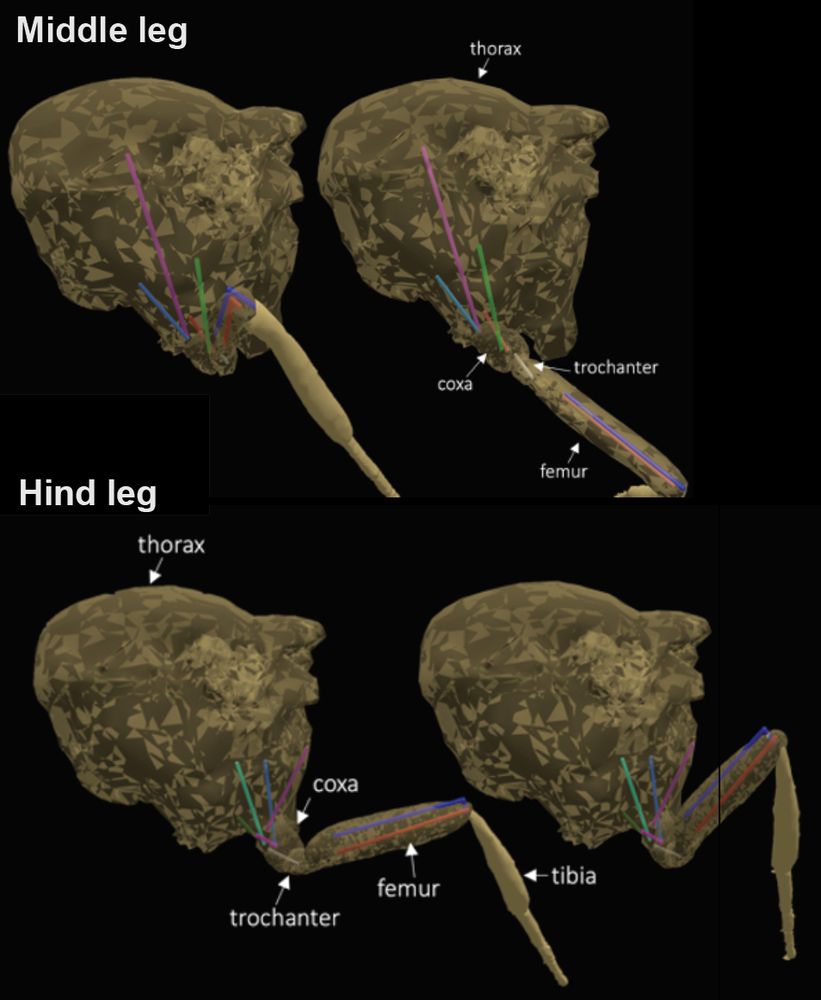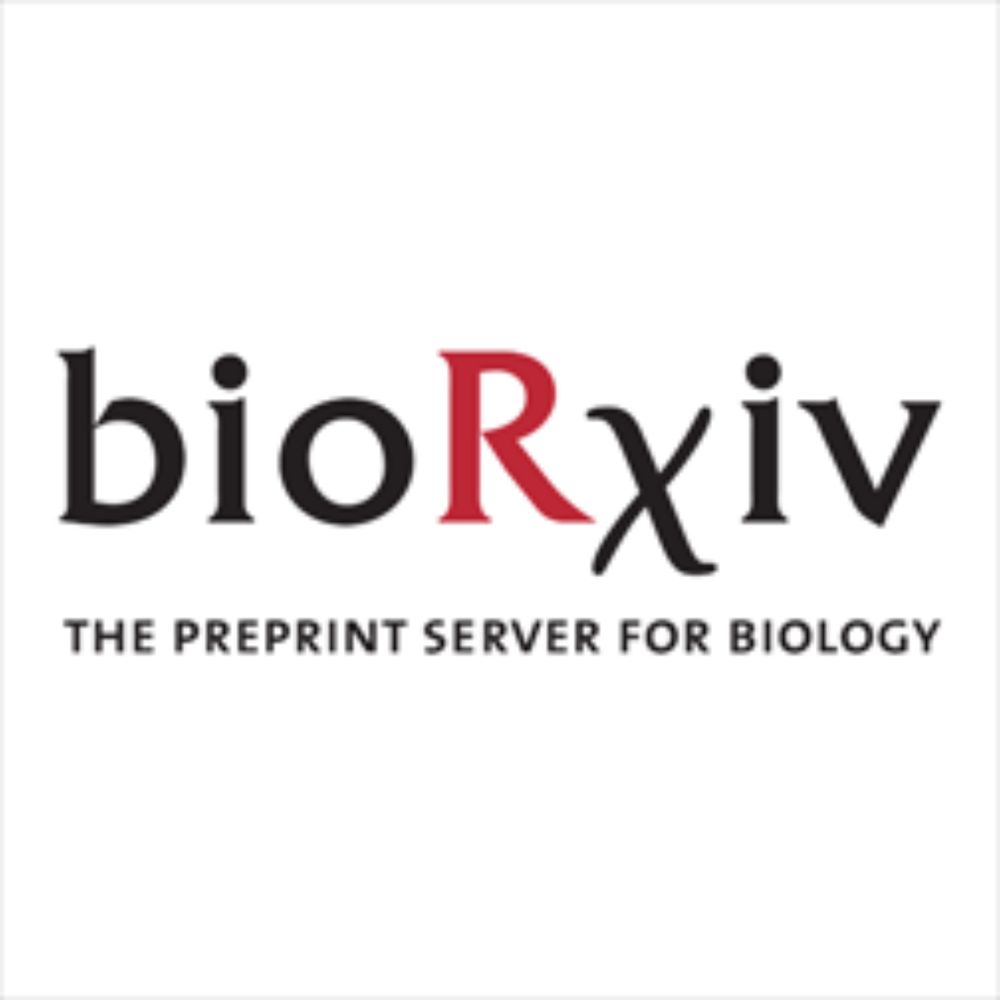
Code links:
• OpenSim optimization: github.com/gizemozd/neu...
• MuJoCo imitation learning: github.com/gizemozd/Fly...
Code links:
• OpenSim optimization: github.com/gizemozd/neu...
• MuJoCo imitation learning: github.com/gizemozd/Fly...


In plain terms: torque = force x moment arm.
In plain terms: torque = force x moment arm.

Broadcast inhibition: Suppresses targeted antennal movement to prevent conflicting actions. ⛔️

Broadcast inhibition: Suppresses targeted antennal movement to prevent conflicting actions. ⛔️

